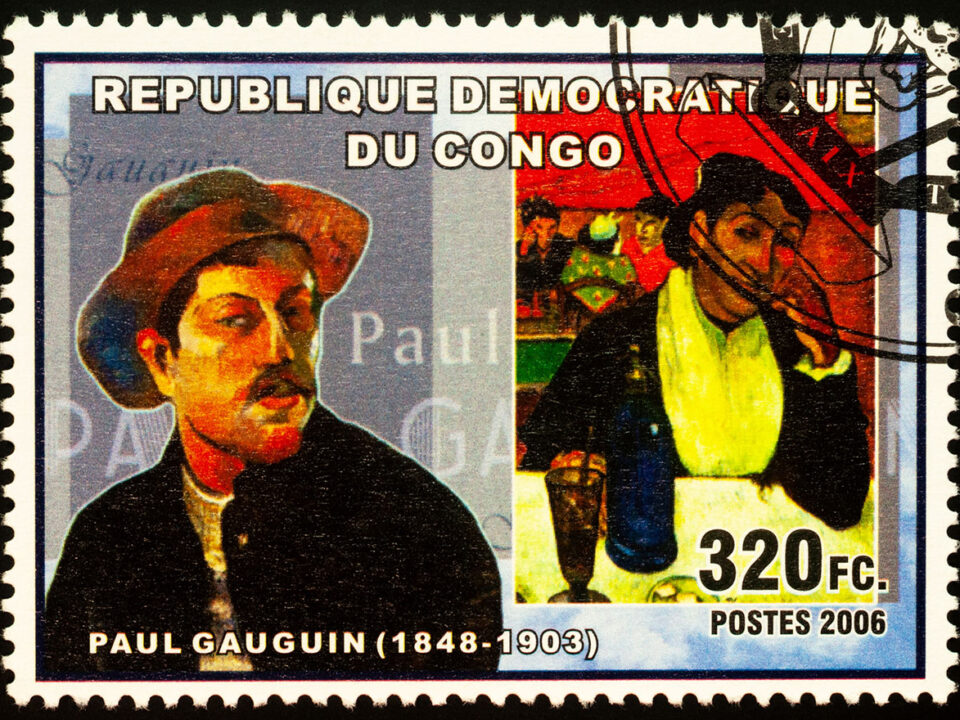Responding to Pop Culture: Eureka (television show)
July 29, 2010Ownership of artifacts: Parthenon marbles
August 9, 2010Steven Milanese
English Composition
July 30, 2010
Original Post
When reading the essay, there were two descriptive elements that stood out from the others. They both involved Anna a young Polish woman from “an industrial town outside of Warsaw” and how, when confronted by the teacher, she “stared down at her lap as though the appropriate comeback were stitched somewhere alongside the zipper of her slacks”. This struck me as a powerful description because it immediately triggered a memory of a young shy girl with whom I had shared a desk with back in the sixth grade. She would do precisely as the author described when confronted by anything she perceived as intimidating. This combined with the author’s description of the young woman as having teeth the “size of tombstones” and being “rabbity” helped set a visual setting for the story allowing me to see it as opposed to just read it.
Another unique aspect of this author’s writing style was the use of what can only be referred to as gibberish in place of spoken French words that he was unable to understand or translate at the time. Had the assignment itself not hinted at the fact that this might be for comedic value, I fear I may have never associated it with such. For me personally, I found this aspect of the author’s writing to be choppy and associate reading it with the likes of reading one’s incomplete thoughts scribbled in the margins of a word puzzle. This caused some level of confusion and resulted in me having to read the essay a second time in an effort to overcome the broken flow of the author’s style. This also adversely affected my ability to mentally depict the remainder of the author’s essay. It was not until the very end of the essay when he describes the awakening feeling of having learned something new, that I was again able to identify with the author’s writing.
I have to admit that I struggled with this assignment in part because I simply didn’t care for either the essay or the author’s writing style. This coupled with my inability to identify with his difficulty in learning another language further alienated me from the essay and presented a challenge when trying to relate to the author’s experience. I have always found that regardless of what language barriers may present themselves, most people communicate equally through action and expression as much as they do verbally and understanding in most cases is simply a matter of acute observation. In the end, the author’s failure to communicate his experiences in a way that related to me as a reader made it difficult to get much of a feel for the content of the essay. In regard to his mood, I am not really sure I understood his feeling other than to say that I assume he was attempting to communicate a feeling of being isolated and intimidated by the teacher and her teaching style. Only then does the author feel triumphant when those same teaching methods later proved to be effective? I say that I assume this because once again, I feel he failed to communicate this or much of anything at all.
Revised Post
David Sedaris’s “Me Talk Pretty One Day” is the story of a middle-aged man who struggles to learn a new language, in a foreign land. At the age of 41 Mr. Sedaris has decided to move to Paris and attend school in an effort to learn the French language. The author’s age at the time of this experience is significant because, it provides the reader with the unique prospective of an individual trying to learn a new language while dealing with the insecurity issues that can sometimes be experienced when returning to school as an adult. Early on in the story Sedaris exposes some of this insecurity when he describes with discomfort, his fellow classmates as being much better dressed, attractive and younger than himself. These insecurity issues are only further exacerbated by the isolating and abusive treatment endured at the hands of his teacher, by he and his classmates.
The French teacher’s attitude and demeanor is a major component of the author’s story. At one point the author goes as far as to equate time spent with his teacher, to time spent “in the presence of a wild animal, something completely unpredictable.” In a particularly descriptive passage from the story, the author describes an interaction between the teacher and a young Polish woman named Anna from “an industrial town outside of Warsaw” and how, when confronted by the teacher, she “stared down at her lap as though the appropriate comeback were stitched somewhere alongside the zipper of her slacks”. This struck me as a powerful description because it immediately triggered a memory of a young shy girl with whom I had shared a desk with back in the sixth grade. She would do precisely as the author described when confronted by anything she perceived as intimidating. This combined with the author’s description of the young woman as having teeth the “size of tombstones” and being “rabbity” helped me to visualize the story.
I’d have to say, that overall I had a difficult time identifying with this essay, partly due to the author’s writing style. This coupled with my inability to identify with author’s difficulty in learning another language further alienated me from the essay and presented a challenge when trying to relate to the author’s experience. I have always found that regardless of what language barriers may present themselves, most people communicate equally through action and expression as much as they do verbally and understanding in most cases is simply a matter of acute observation. I believe that anyone can learn anything quite easily if given the appropriate tools, time and effort. In truth, I have never had much difficulty learning anything, be it academic, athletic or artistic. Then again, if you were to ask others, they might suggest that I have never learned when to keep my mouth shut. I am very outspoken and have been described by my peers as being belligerently honest. This at times has come at great expense. For example, I once had a Sheriff tell me he was going to “lock me up tighter than a bullfrogs butthole”. After taking brief pause to compose myself, I responded by asking the Sheriff, “Excuse me sir but, how exactly is it, that a man in your position comes to know just how tight a bullfrogs butthole really is?” To make a long story short, I ended up with four separate moving violations and a weeks worth of Drivers Ed.
Another aspect of the essay I had difficulty with was the degree to which the author goes in an effort to be descriptive in the essay. While I appreciate the author’s attempt to describe his experiences and his setting, I feel he fell short of really conveying interactions with or the mood of his fellow classmates. For example, at one point in the essay he describes a time when he and his fellow classmates are huddled outside of class having a conversation. He describes the conversation as being one similar to what would be heard at a refugee camp. While this description might work well to describe the broken dialog of the conversation, it also draws an image of people in dire suffering and despair. To say this description is a tad over dramatic would be an understatement. This coupled with other aspects of the author’s writing technique, like the choice to use gibberish in place of not yet understood French words, made the author’s essay difficult to follow.
References
“Me Talk Pretty One Day” By Sedaris, David on pages 559-564 in “How To Write Anything”




